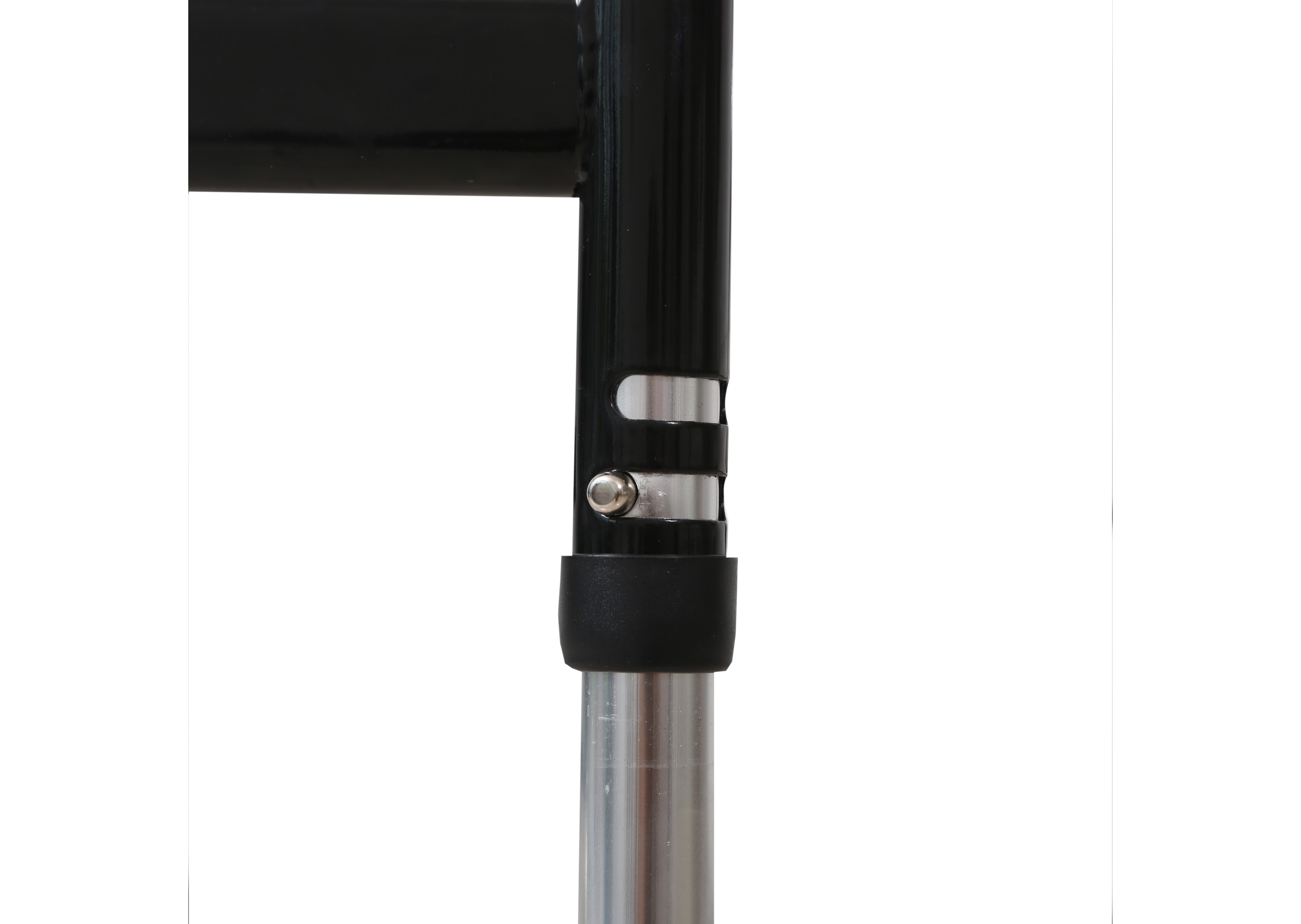Welcome to our websites!
Optimizing Patient Bed Management in Hospitals for Improved Care Efficiency
The Importance of Hospital Patient Beds in Healthcare Delivery
In the ever-evolving landscape of healthcare, the infrastructure that supports patient care plays a critical role in determining the quality and efficiency of medical services delivered to patients. Among the essential components of this infrastructure are hospital patient beds, which serve not only as physical spaces for resting and recovery but also embody the intricate relationship between patient comfort, clinical efficacy, and healthcare outcomes.
The Role of Patient Beds in Patient Care
Hospital patient beds are more than mere furniture; they are vital instruments that facilitate patient healing and rehabilitation. The design and functionality of a patient bed can significantly influence a patient's experience during their hospital stay. Modern hospital beds are equipped with various features, including electronic adjustments for height and reclining positions, which allow patients to find comfortable postures that enhance recovery while minimizing strain on caregivers. The ability to adjust beds easily is particularly important for patients with mobility issues, as it helps them engage in basic movements necessary for recovery.
Moreover, patient beds are designed to prioritize hygiene and infection control, critical in a time where nosocomial infections pose significant risks. Materials used in constructing beds are often antimicrobial or easy to clean, thus minimizing the potential for infection transmission. Furthermore, beds outfitted with specialized mattress systems can help alleviate pressure ulcers, a common concern for immobile patients. This careful consideration of design underscores the significance of patient beds in promoting comprehensive care.
Patient Beds and Healthcare Efficiency
Efficient management of hospital resources is paramount, especially in facilities with high patient turnover. The availability and arrangement of patient beds can greatly impact hospital workflow and patient flow. Hospitals are often faced with the challenge of balancing between patient admissions and discharges, while also ensuring that beds are prepared and sanitized between patient uses. This dynamic can dictate hospital capacity, influencing everything from staff allocation to treatment times.
In overcrowded facilities, the demand for beds can lead to significant delays in treatment, resulting in negative outcomes for patients. Recognizing this, many hospitals have adopted innovative strategies to optimize bed utilization, including real-time tracking systems that monitor bed availability and patient discharge processes. These technological solutions aim to streamline operations, ensuring that every patient receives timely attention and care.
hospital patient bed

The Psychological Impact of Patient Beds
The psychological aspect of hospital stays is often overlooked but plays a crucial role in the healing process. The design and comfort of patient beds can significantly influence a patient’s feelings of safety and wellbeing. A bed that feels secure and comfortable can contribute positively to a patient’s mental state, which in turn can enhance recovery outcomes. Research suggests that a supportive environment characterized by comfort and security leads to reduced anxiety and improved patient satisfaction.
Moreover, the ambiance of a patient’s room, including the bed arrangement and overall design, impacts emotional wellbeing. Efforts to personalize patient spaces with items like family photos or personal belongings can create a homely atmosphere, fostering a sense of belonging that is particularly important in stressful hospital environments.
Future Trends in Hospital Patient Beds
As healthcare continues to innovate, the future of hospital patient beds is bound to evolve with advancements in technology and design. Smart beds equipped with sensors can monitor a patient’s vital signs, movements, and comfort levels, alerting healthcare providers to any potential issues before they escalate. This integration of technology into patient care not only enhances safety but also allows for more personalized treatment plans.
Sustainable practices are also beginning to influence the production of hospital furniture, including beds. With increasing awareness of environmental responsibility, manufacturers are exploring materials and processes that reduce waste and energy consumption. This shift not only benefits the planet but also addresses the growing demand for ethical practices in healthcare.
Conclusion
In conclusion, hospital patient beds are far more than mere resting places; they are critical components of healthcare delivery that significantly affect patient comfort, recovery, and overall hospital efficiency. As the healthcare sector continues to adapt and innovate, patient beds will undoubtedly play a central role in shaping the future of patient care. By investing in modern, efficient, and comfortable patient beds, healthcare facilities can enhance patient outcomes while addressing the challenges of an ever-demanding healthcare landscape.
-
Transforming Healthcare with Hospital FurnitureNewsJun.24,2025
-
Rehabilitation EquipmentNewsJun.24,2025
-
Mobility and Independence with WheelchairsNewsJun.24,2025
-
Freedom of Mobility with Our Rollator WalkersNewsJun.24,2025
-
Comfort and Independence with Commode ChairsNewsJun.24,2025
-
Bathing Safety and Independence with Shower ChairsNewsJun.24,2025
-
Navigating the Wholesale Landscape of Electric Mobility Solutions: Key Considerations for Power Wheelchair DealersNewsJun.10,2025











